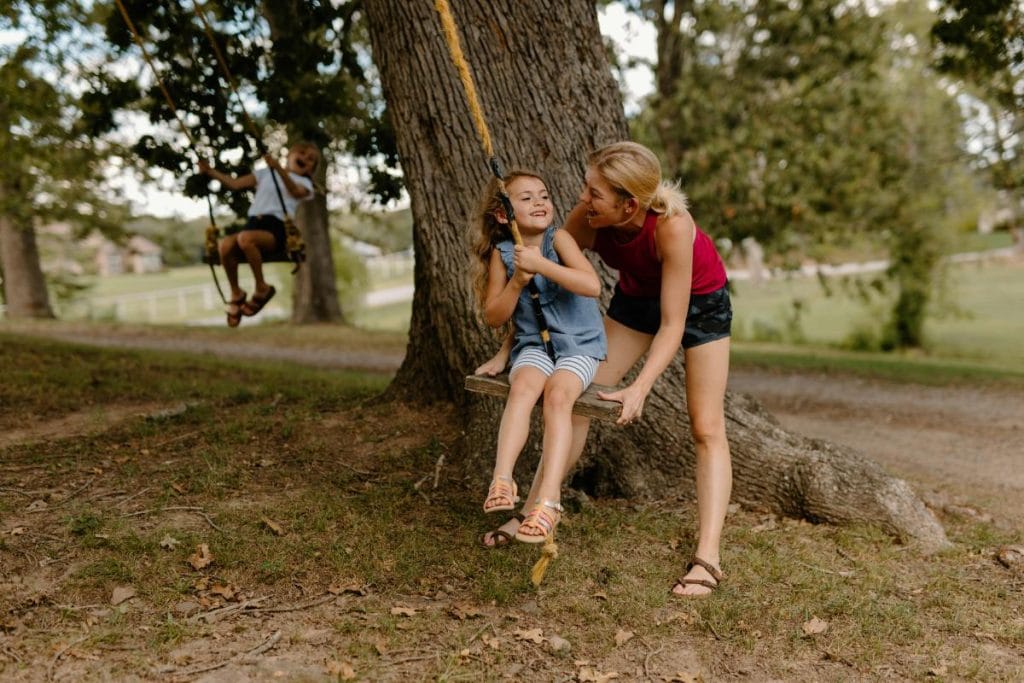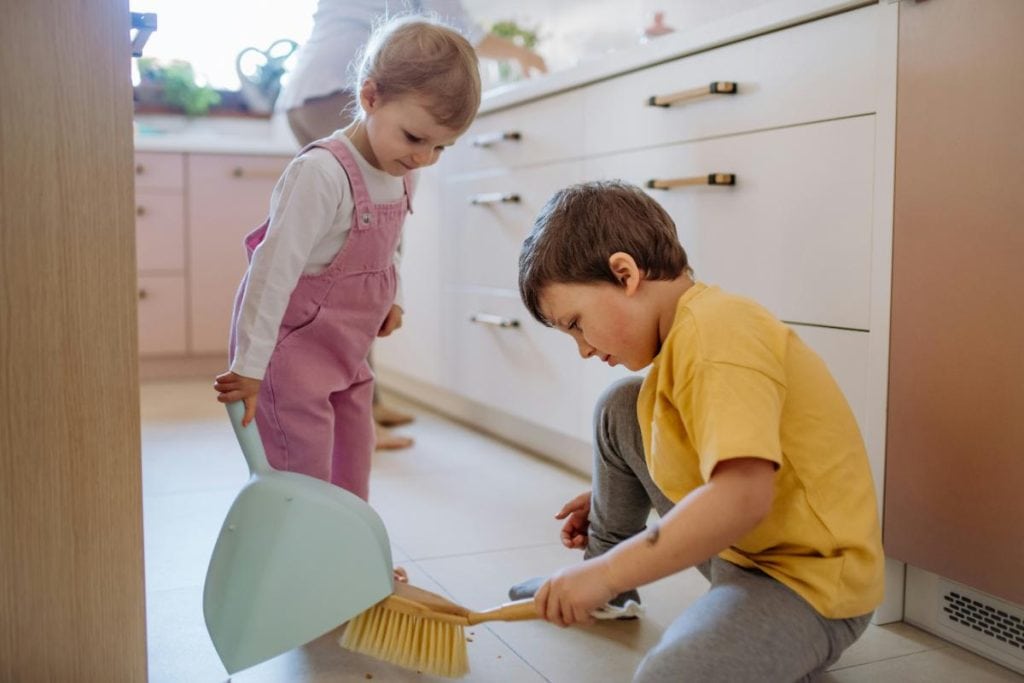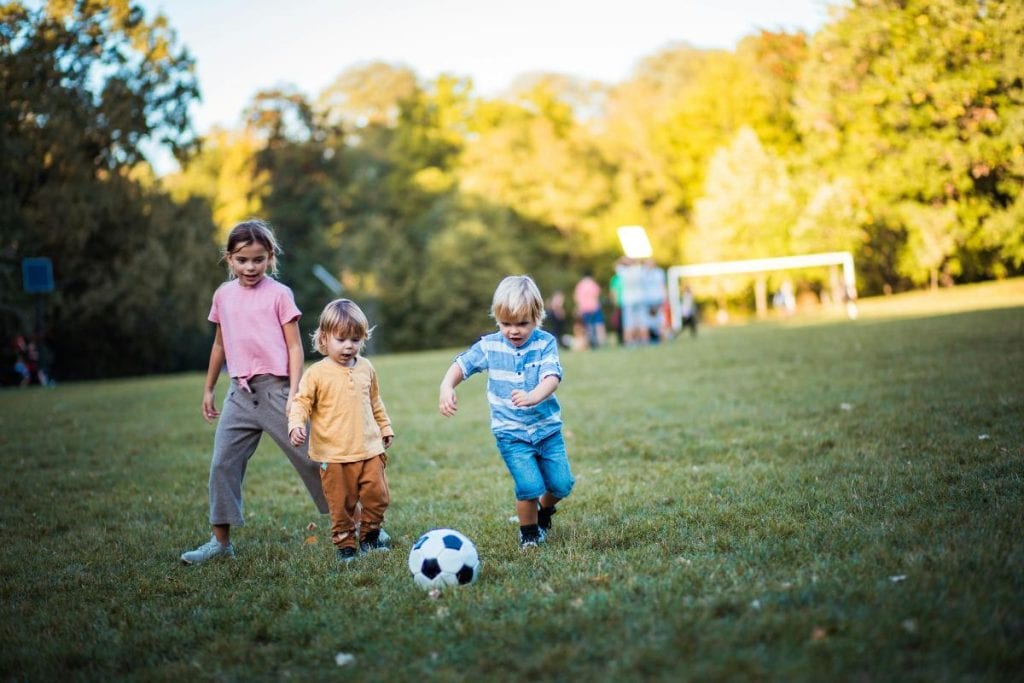According to the CDC, children have an average screen time of 6 hours per day. You’re more likely to find kids playing on tablets and laptops than outdoors, and this is highly dangerous for their health in the long term. It can lead to obesity, poor posture, back pain, irregular sleep, anxiety, and several other issues. Kids with excessive screen time also engage in mindless eating and demonstrate poor food choices.
So, if your child has too much screen time, it’s time you take measures to include physical activity in their daily routine. You try different fun ways, like having a dance party or buying an electric scooter for kids. Want to know more ideas? Here are seven fun and simple ways to include physical activity in your kid’s daily routine:

1. Active Playtime
Incorporate active play into your child’s daily routine with engaging activities such as tag, hide and seek, or jumping rope. These games not only provide cardiovascular exercise but also stimulate creativity and improve social skills.
You can even introduce new games like obstacle courses or relay races to make things more exciting. Adding some structure, like timing their laps or setting small goals, can keep them motivated and help them improve their skills.
Setting aside at least 30 to 45 minutes each day for such activities ensures they get enough exercise. Making it a family activity, where everyone participates, sets a positive example and can make the experience more enjoyable for your child.
2. Walk to School
If the distance between your home and school is manageable, encourage your child to walk or bike there instead of using a car or bus. This simple habit improves physical health and also helps develop a sense of independence and responsibility.
You can make the experience more enjoyable by walking or biking together and discussing the day ahead. For children who are too young to go alone, joining a group of families who live nearby can add a social element to the activity. Another way to make this fun is to buy your kid an electric scooter.
3. Household Chores

Transforming chores into physical activities is an effective way to keep your child active while teaching them responsibility. Assign tasks like sweeping, mopping, or even washing the car. These activities can burn calories and improve muscle strength and coordination.
Turn it into a game by setting a timer and challenging them to beat their previous time. Alternatively, let them choose their favorite music and have a “clean-up dance party.” If you have a garden, involve them in activities like weeding, planting, or watering the plants.
4. Family Exercises
Establishing a family exercise routine is an excellent way to stay active and spend quality time together. This could be a daily morning yoga session, an after-dinner walk, or a weekend family hike or bike ride.
To make it more engaging, rotate the activities each week – try swimming, dancing, or even a friendly sports match. You can also set collective goals, such as training for a local fun run or mastering a new sport together.
5. Limited Screentime
Setting boundaries on screen time is crucial for promoting physical activity. For every hour spent on screens, encourage your child to take a 10 to 15-minute movement break. This could be stretching, doing jumping jacks, or a quick dance-off.
To reinforce this, introduce activities that are fun alternatives to screen time, like board games, puzzles, or art projects. Encourage them to join you in cooking or baking, where they can be on their feet and actively involved.
6. Organized Sports and Classes

Enrolling your child in organized sports or physical classes provides them with structured exercise and helps develop teamwork, discipline, and social skills. Look for programs that align with their interests, whether it’s soccer, dance, martial arts, or swimming.
These activities provide a consistent exercise routine and an opportunity to build friendships with peers who share similar interests. It’s essential to find a sport they are genuinely interested in, as this keeps them motivated and ensures they enjoy attending practices and games.
Encourage them to set personal goals within the sport, like improving their time in swimming or mastering a new skill in gymnastics. These goals will keep them engaged and give them a sense of achievement.
7. Active Playdates
Plan playdates that focus on physical activities like visiting a local park, going for a nature hike, or spending time at an indoor trampoline or rock climbing gym. These outings provide exercise and opportunities to develop social skills and build friendships.
Organize themed playdates, such as a mini sports day with events like sack races and tug-of-war, or a scavenger hunt that involves physical challenges. Rotate the activities to keep the playdates exciting and varied. This ensures that each one is a unique experience.
